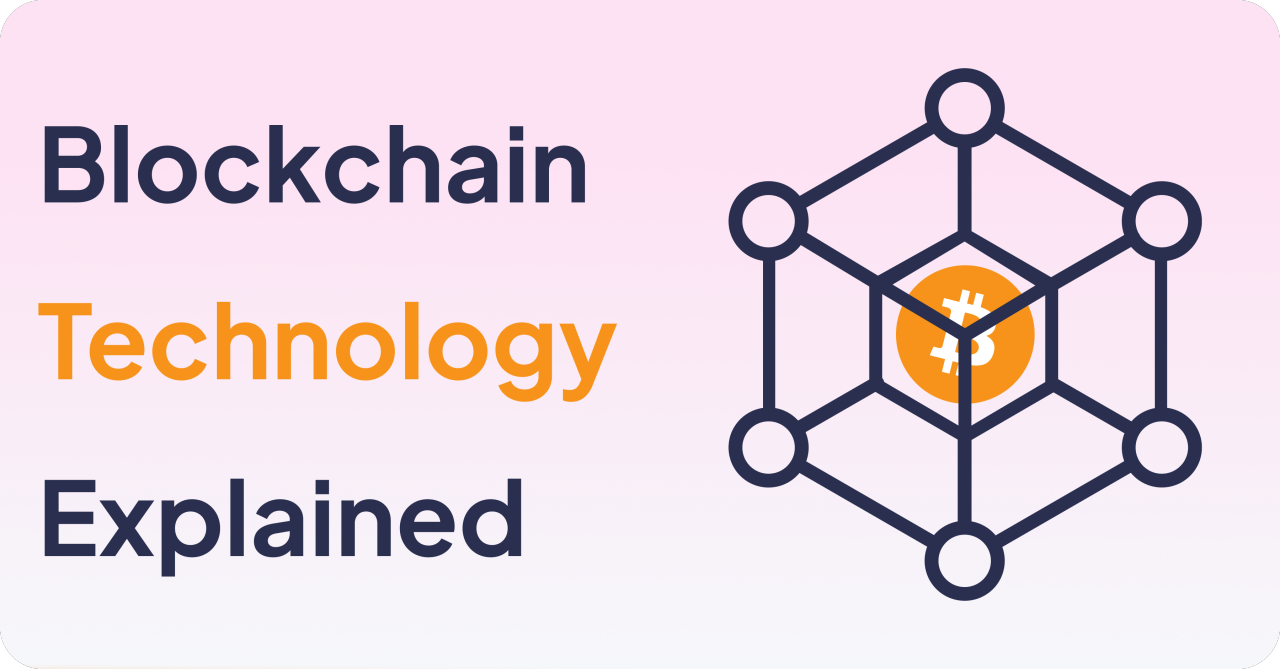The finance software giant, Intuit launched the ‘Design for Delight’ program to instill a sense of customer centricity by moving beyond the ‘design for ease of use’ mindset for its business products.
Consultants like Eric Reis, Aaron Eden, and Ben Blank were roped in to work with the marketing team and educate the workforce about design thinking.
Techniques like customer immersion and rapid prototyping were discussed, along with various experiments to improve the Intuit suite of financial products.
The end result was an enhanced software that seamlessly mapped the customer journey. This is one example among companies like IBM, SAP, Toyota, The Guardian, and Suncorp that understood and utilized divergent thinking in an unpredictable and complex world to improve their business output.
Design Thinking
An evolving discipline, design thinking is a customer-centric methodology, which seeks to understand and empathize with real people’s needs that leads to the modification of departmental hierarchies and innovate.
The idea is to present solutions that address human needs, and is viable and feasible financially, technologically, and environmentally. It involves five primary steps:
-
Empathizing with the problem and understanding it from the customers’ perspective.
-
Designing a solution keeping the what is, what if, what wows, and what works pillars of thought in mind.
-
Ideating and presenting the solution to the team, and receive feedback.
-
Creating a prototype with the engineering team.
-
Testing the new system; use data inputs to train the system and remove biases.
According to a report by Parsons New School, 75% of organizations report their use of design thinking, which helped to improve work culture and gain 1.5 times greater market share.
Companies are reporting a deeper connection between business results and creativity and an emotional bond with customers as a core success factor. More interesting statistics can be read here.
Design thinking is applicable in every field of business. It encourages thinking outside the box by enabling problem solvers to “think” beyond ingrained patterns of thinking. The major benefits of design thinking are recounted below:
#1 Adoption of Artificial Intelligence
A transformational technology of our digital age, the practical application of artificial intelligence (AI) with design thinking will improve its Enterprise adoption. AI is evolving at a higher rate than companies’ ability to adopt it at an enterprise level.
There is a pressing need for companies to understand the suitability of AI in their operational departments, and the role of design thinking in creating solutions that will aid cross-functional coordination between departments cannot be ignored.
AI is practically useless if its operating models cannot be implemented; design thinking will play a major role in its implementation. Organizational departments will get aligned, and there will be a greater thought driven commitment from the workforce.
By partnering smart employees with smart technology, the focus will primarily be on user needs.
#2 Immersive Experience
Traditionally, the collection of data about customers’ needs and preferences has been an impersonal activity. The results often get diluted through the inherent biases of the data collector. The data feedback considers only articulated needs, not those that went unexpressed by the surveyed customers.
Design thinking believes in creating an immersive environment where the design thinker experiences the customer experience.
When the United Kingdom-based charity, Kingwood Trust, wanted to set up a program for helping adults with Asperger’s syndrome and autism, their design team members visited the homes of adults living with the developmental disorders to observe and gain a deeper understanding of their challenges without being biased.
Observations from the exercise helped the organization to innovate solutions not just for their safety but for channelizing their strengths, too, such as the creation of immersive living spaces and recreational centers.
Design thinkers can gain immersive user experiences, identify thought patterns, and retrieve deeper insights through the Gallery Walk design-thinking exercise.
#3 Solving Business Challenges
At its core, design thinking is a structured approach to problem-solving. In the last decade, businesses have begun to realize its potential in solving challenges by putting themselves in the position of the customer and re-imagining solutions.
Design thinking is all-pervasive, interactive, uninhibited, collaborative, holistic, iterative, and a visual process.
At the bedrock of design, thinking lies “empathy” - an innate understanding of what the customer wants and incorporating the feedback into the product or service for business growth.
Cutting IT Spend with AIDOOS
Design thinking is a skill set that encourages creative problem-solving and innovative thinking. AiDOOS is at the forefront in matching design thinking and problem-solving skill sets with relevant Enterprise IT work.
It is an on-demand software development platform that works with various enterprises by removing the need to build huge IT teams and outsourcing IT work to subject-matter experts at AIDOOS. Design thinkers and problem-solvers are brought on one platform to collaborate and deliver innovative IT solutions.




